Do you have a question about the Fuji Electric FRENIC MEGA G2 Series and is the answer not in the manual?
Lists related documents for FRENIC-MEGA series inverters, including catalog and instruction manuals.
Checks the received package contents and the inverter's rating plate to ensure product integrity and correctness.
Provides diagrams illustrating the overall external appearance of different inverter models.
Covers essential precautions for installation environment, power supply lines, wiring, and peripheral equipment connections.
Explains the installation requirements for the FRENIC-MEGA, including environment, surface, and surrounding space.
Provides detailed instructions and precautions for wiring the main circuit and control circuit terminals.
Describes the procedure for mounting and removing the keypad for remote operation or panel installation.
Identifies and describes the functions of all parts of the keypad, including the LED monitor and operation keys.
Explains the three main operation modes: Running, Programming, and Alarm modes.
Covers operations within the Running Mode, including monitoring status, display, warnings, and running/stopping the motor.
Outlines functions for setting/checking function codes, monitoring, and I/O status.
Covers procedures for releasing alarms and switching between modes.
Provides information on connecting to a PC using the USB port for managing function codes and monitoring status.
Provides a flowchart outlining the steps for performing a test run of the motor.
Lists essential checks to perform before powering on the inverter, focusing on wiring correctness.
Describes the steps and items to check after powering ON the inverter for the first time.
Explains how to set the destination (region) for the inverter, which initializes basic function codes.
Details how to switch between HHD and HND specifications to accommodate different motor loads.
Presents various motor control methods supported by the FRENIC-MEGA, including V/f and vector control.
Guides on configuring function codes for drive controls based on motor types and parameters.
Provides a summary of function code groups and their categorization.
Contains tables listing function codes, their names, control methods, and data setting ranges.
Provides detailed explanations for each function code, grouped by category.
Lists and describes the various protective functions of the FRENIC-MEGA inverter.
Provides essential preliminary steps and safety precautions before starting troubleshooting.
Explains how to interpret alarm codes displayed on the LED monitor and provides causes and measures for each.
Lists the recommended inspection intervals for daily, periodic, and 10-year inspections.
Details the visual inspection items to be performed daily to check for inverter operation errors.
Outlines periodic inspection procedures to be performed before the inverter is powered ON or when it is running.
Lists parts recommended for periodic replacement based on their estimated service life.
Explains the meaning of symbols used in the control block diagrams.
Provides the block diagram for the frequency setting section, illustrating how frequency commands are processed.
Shows the block diagram for the operation command section, detailing how run commands are handled.
Illustrates the block diagram for the PID control section when used for process control.
Illustrates the block diagram for the PID control section when used for dancer control.
Presents the block diagram for the position control section, illustrating its components and operation.
Details the various control methods supported by the inverter, including V/f control and vector control.
Provides an overview of RS-485 communication, including specifications, ports, and connection methods.
Introduces the FRENIC Loader software for PC connection, allowing function code management and monitoring.
Describes the output torque characteristics of motors, graphing output frequency versus torque.
Outlines the general selection procedure for optimal inverters, covering motor selection and capacity calculation.
Provides equations for calculating load torque, acceleration/deceleration times, and heat energy.
Discusses precautions and guidelines for selecting the correct inverter rating specification (HHD or HND).
Lists the names and features of peripheral equipment and options for the FRENIC-MEGA.
Provides information for referencing current values for various parts of the inverter based on power system and motor capacity.
Explains the function, connection examples, and selection criteria for MCCBs, ELCBs, and MCs.
Explains the function of surge killers for absorbing voltage surges and provides external dimensions.
Details the function and connection examples of SPD for preventing electrical and electronic device damage from lightning surges.
Describes surge absorbers used to protect electronic equipment from surges and noise generated by magnetic contactors or solenoid valves.
Introduces filter capacitors effective for suppressing AM radio band noise and reducing leakage current.
Covers the selection procedure and notes for braking resistors and braking units.
Describes the overview, specifications, and functions of RHC Series PWM Converters.
Describes the specifications and external dimensions of compact PWM converters.
Explains the usage and specifications of DC reactors for coordinating power supply and improving input power factor.
Explains the usage and specifications of AC reactors for voltage waveform and power factor correction.
Describes surge suppression units for protecting electronic equipment from surges.
Explains the purpose and benefits of output circuit filters for suppressing noise and surge voltage.
Describes zero-phase reactors used for reducing radio frequency noise from inverter output wiring.
Lists applicable inverter types for external cooling fan attachments.
Explains how to change the inverter's protective construction from IP20 to IP40.
Describes the external frequency command potentiometer and its connection.
Lists the available lengths for extension cables used with remote operation.
Guides on selecting measurement options, specifically frequency meters.
Details the screw specifications and recommended wire size for the control terminal block.
Lists the types of built-in option cards and the ports where they can be installed.
Describes the specifications of the multi-function keypad.
Lists the standard specifications for the basic type inverter, including three-phase 200V and 400V series.
Lists the standard specifications for inverters with a built-in EMC filter.
Lists common specifications applicable to all FRENIC-MEGA models, covering control methods and electrical characteristics.
Shows external dimension drawings for various inverter capacities.
Provides external dimensions for the keypad.
Discusses the effects of inverter noise on other devices and provides noise prevention measures.
Explains Japanese guidelines for suppressing harmonics.
Discusses the effect of surge voltages on motor insulation and provides countermeasures.
Provides information on inverter generating loss.
Explains conversion formulas for various units.
Lists permissible current values for insulated wires based on wire size and temperature.
Details compliance with European Low Voltage Directive and EMC standards.
| Category | Inverter |
|---|---|
| Series | FRENIC MEGA G2 |
| Control Method | V/F control, Sensorless vector control |
| Rated Output Current | Varies by model |
| Overload Capacity | 150% for 60 seconds |
| Protection Features | Overcurrent, Overvoltage, Undervoltage, Overheat, Ground fault, Short circuit |
| Communication | RS-485 |
| Optional Communication | Ethernet, Profinet, EtherNet/IP |
| Ambient Temperature | -10°C to +50°C (14°F to 122°F) |
| Storage Temperature | -20 to +65°C (-4 to 149°F) |
| Humidity | 95% (non-condensing) |
| Altitude | 1000m |
| Enclosure Rating | IP20 |
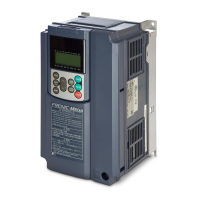
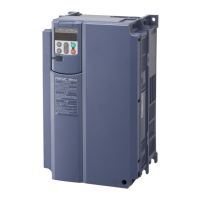
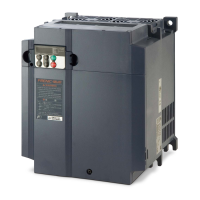
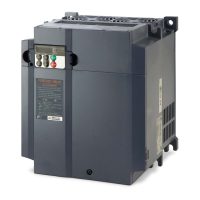
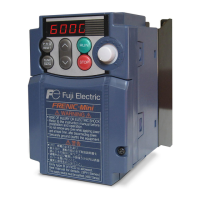
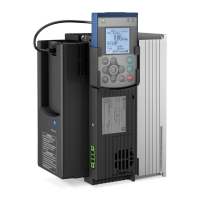
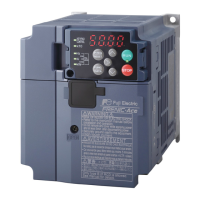
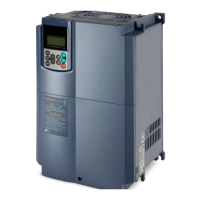
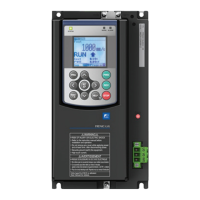
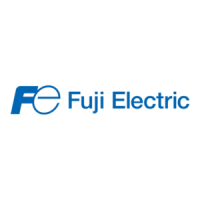


